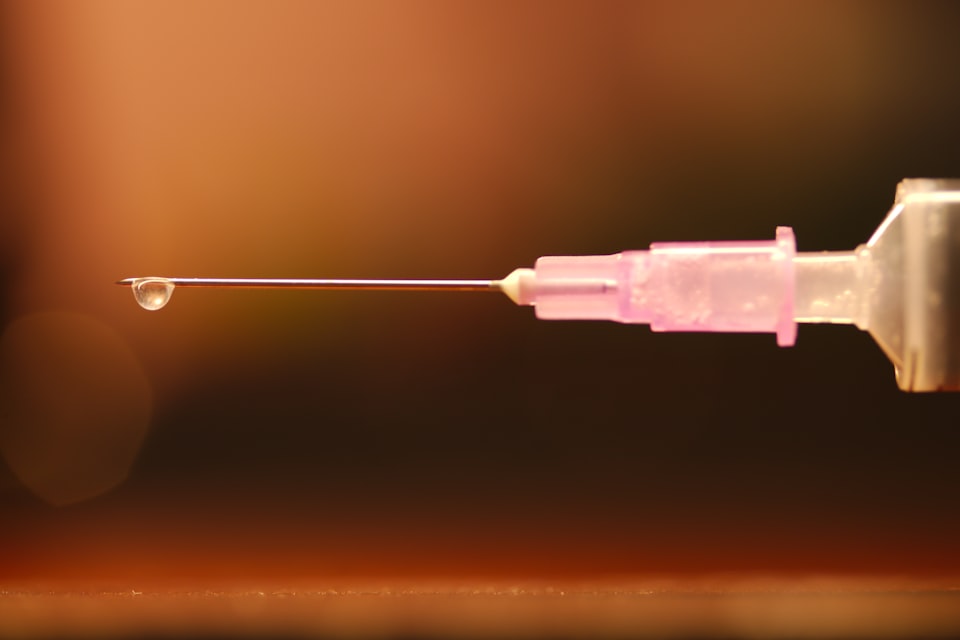How do local anaesthetics work?

Every nerve in your body runs on electricity
This includes the pain nerves that transmit electrical signals from all over your body up to your brain, where the signal is perceived as pain.
Instead of using electrons like an electrical device, your nerves use ions which are the positively charged bits of atoms rather than the negatively charged bits. But the principle is exactly the same - you're allowing charge to flow along the nerve to transmit information.
These ions, including sodium, potassium and calcium, transmit charge by moving in and out of the nerve's axon through ion channels.
Local anesthetics simply block these channels.
That's it. And they're very good at it.
You can put them pretty much anywhere in the body, depending on what you're trying to achieve, whether that's a patch of numb skin for a cannula or arterial blood gas, or a full blown operation like a knee replacement.
General vs Local vs Regional anaesthesia
- General anaesthesia means the patient is asleep, and unaware of the procedure
- Regional anaesthesia means that local anaesthetic has been used to numb a section of the body
- Local anaesthesia means that local anaesthetic has been used to numb a specific bit of skin.
Some examples
- Injecting a small bleb of lidocaine under the skin for a cannula
- Injecting bupivacaine into the cerebrospinal fluid around the spine for a numb leg
- Injecting levobupivacaine around the brachial plexus for a numb arm
Regional anaesthesia is magic
It still blows my mind that by injecting 2 millilitres of bupivacaine into the cerebrospinal fluid around the base of the spinal cord can allow someone to have their entire knee or hip replaced, or even a caesarean section, with the patient wide awake and totally comfortable.
I understand how the science works, but it's still magic to me.
While with most medications, you adminster them orally or into the blood stream, and they travel to the site of action, wherever you inject the local anaesthetic, that's where it works.
So if you're doing a nerve block under ultrasound, you can actually see the local anaesthetic flooding around the nerve itself, and you know that it's going to work at that point.
There are two different types
- Amides - lidocaine, levobupivacaine, prilocaine
- Esters - cocaine, procaine, tetracaine
Generally speaking we tend to stick to the amides because they're faster onset and cause less allergic reactions, but if you use ametop cream then you're using an ester.
They have different properties
Local anesthetic agents each have different properties which make them really useful for different things.
- Lidocaine starts working very quickly but it doesn't last very long so it's perfect for little skin-based procedures - such as cannulation or suturing - where you need it to be numb quickly but not for very long
- Bupivacaine takes a little bit longer to work but it lasts much longer - perfect for knee replacements that take around 90 minutes
You can then get fancy and add other medications into the mixture such as opioids to make the block last longer. A spinal injection of bupivacaine and diamorphine will provide anaesthesia for up to two hours, and analgesia for up to 24 hours.
Safe doses
All drugs have a maximum safe dose, and local anaesthetics are no different.
- Lidocaine is 3mg/kg
- Bupivacaine is 2mg/kg
This means a 50 kilogram person can have 100mg of bupivacaine or 150mg of lidocaine.
The key is to think about where you're putting the local anaesthetic agent.
Remember at the start we said how local anaesthetic agents block sodium channels - well they will do this in the heart and brain as well, so we try and keep them well away from these organs, by avoiding the drug entering the blood stream.
- If too much local anaesthetic does enter the blood stream, it can cause arrhythmias, seizures and cardiac arrest - so we try and avoid this
- We'll talk about local anaesthetic toxicity in another post
The easiest way to do this is to aspirate the needle before injecting the local anaesthetic, to make sure you're not about to inject it all into a blood vessel.
However - even if you don't inject it into the blood directly, some of the local anaesthetic will be absorbed into the blood from whatever tissue you've injected it into, and this isn't a problem if you're below the safe dose.
Another option is to administer the anaesthetic with adrenaline, which causes vasoconstriction and this does two things:
- Reduces how much is absorbed into the blood, meaning a larger dose can be given
- Reduces the amount of drug that is 'washed away' by the blood - making the block last longer
Just remember not to use adrenaline in 'end arteries' where the vasoconstriction may compromise blood supply to an organ.
I remember lidocaine's doses using syllables:
- Li-do-caine = 3 syllables = 3mg/kg
- Li-do-caine-ad-ren-a-line = 7 syllables = 7mg/kg